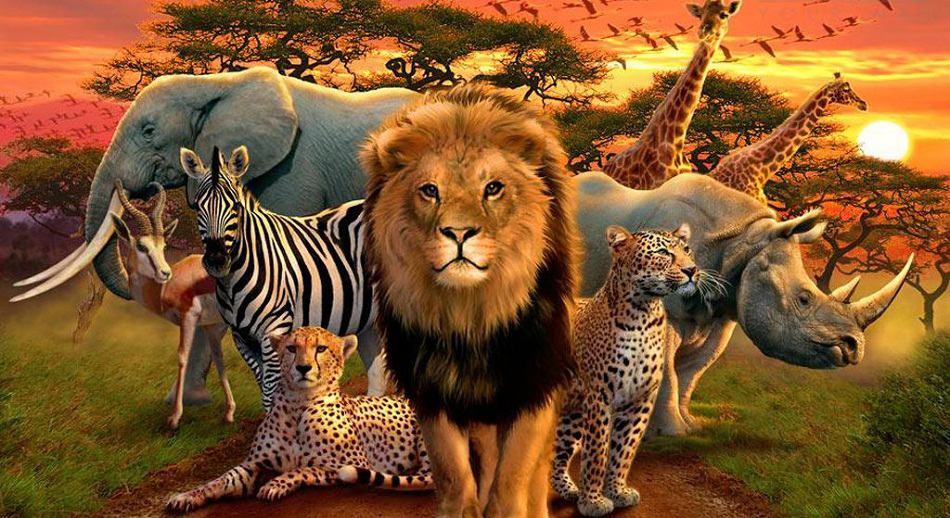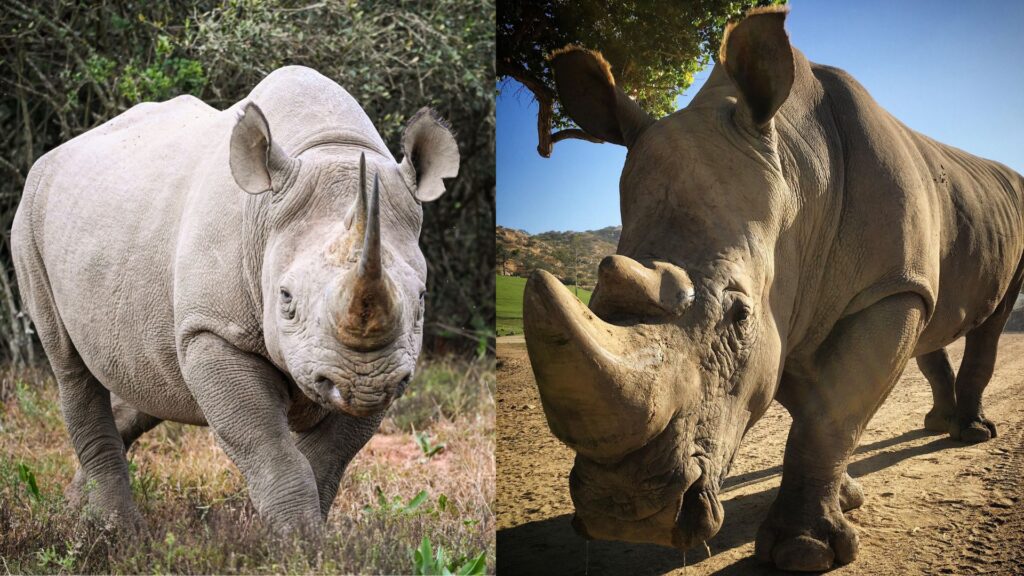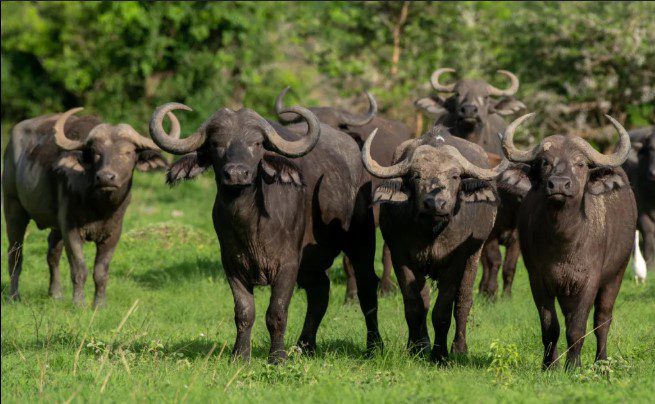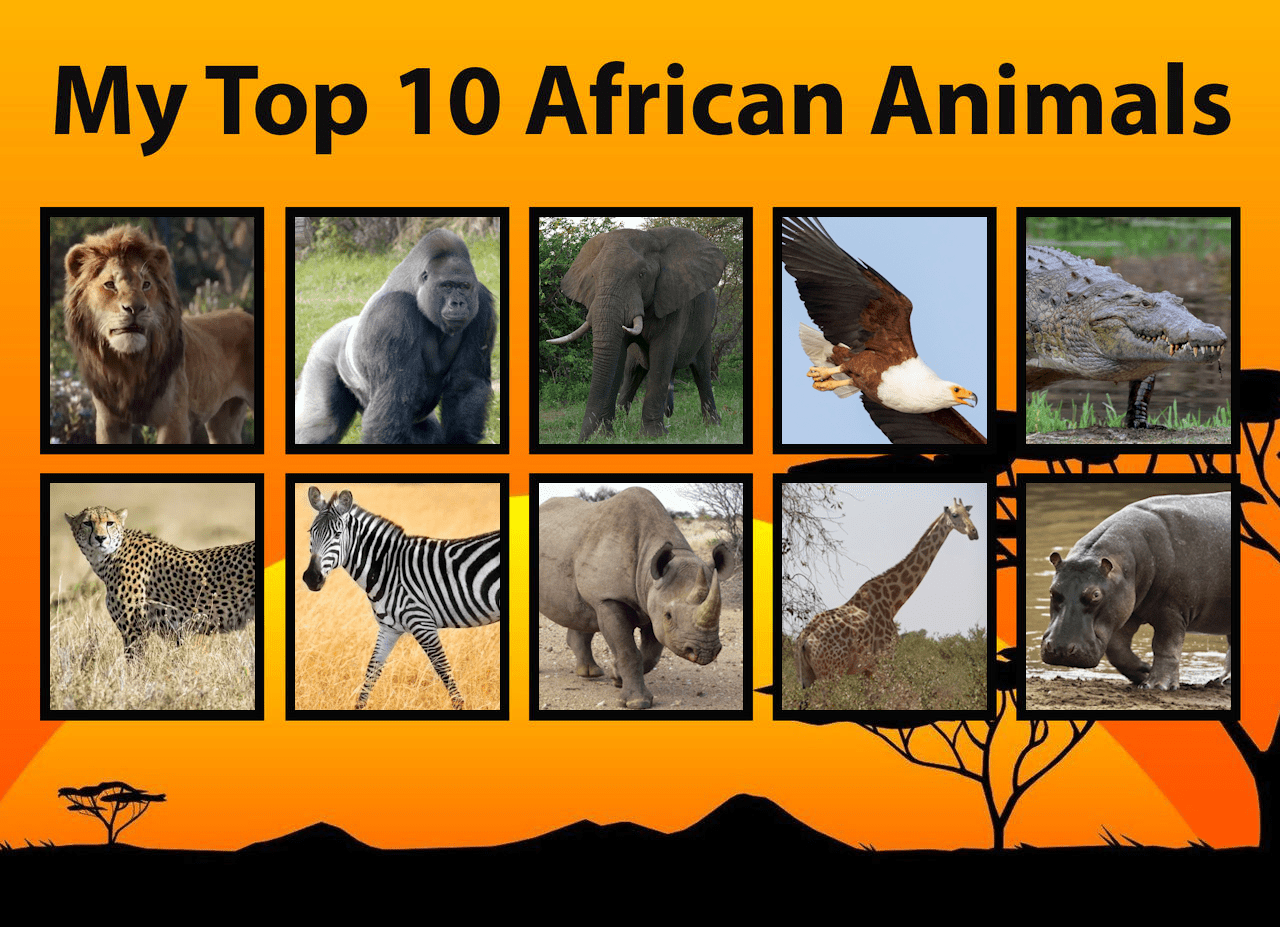Top 10 African Animals

Introduction
African animals is home to some of the most fascinating and diverse wildlife on the planet. Its vast savannas, dense jungles, and expansive deserts provide habitats for an incredible array of african animals, many of which are found nowhere else in the world. From the towering giraffe to the mighty elephant, these african animals not only play vital roles in their ecosystems but have also become global symbols of nature and wilderness. African wildlife draws millions of tourists each year, contributing significantly to local economies and conservation efforts. However, many of these species face threats from poaching, habitat loss, and climate change, making awareness and protection more important than ever.
African Elephant
The African elephant(african animals) is the largest land animal on Earth, known for its massive size, large ears, and powerful tusks. Found in both savannas and forests, elephants play a crucial role in shaping their environment by uprooting trees and digging for water, which benefits other species. These gentle giants live in matriarchal herds and are highly intelligent, showing strong social bonds. Sadly, they are threatened by ivory poaching and habitat destruction, making conservation efforts essential.
Lion
Often called the “King of the Jungle,” the lion is one of Africa’s most iconic predators. Living in prides led by dominant males, lions are unique among big cats for their social behavior. Found primarily in savannas and grasslands, they are skilled hunters that play a key role in controlling herbivore populations. Despite their status as a symbol of strength, lion populations are declining due to habitat loss, human conflict, and a reduction in prey.
Cheetah
The cheetah (african animals) holds the title of the fastest land animal, capable of reaching speeds up to 70 mph in short bursts. With a slender body, deep chest, and distinctive black “tear marks” under its eyes, the cheetah is built for speed and agility. Unlike other big cats, cheetahs hunt during the day, using their vision to spot prey. Their numbers are dwindling due to loss of habitat, human-wildlife conflict, and low genetic diversity.
Leopard
The leopard(african animals) is a solitary and elusive predator known for its strength, agility, and adaptability. It has a striking coat covered in rosette-shaped spots, which helps it blend into various environments—from forests and savannas to rocky mountains. Leopards are expert climbers and often drag their prey up into trees to protect it from scavengers. Despite being widespread across Africa, they are increasingly threatened by habitat loss, human conflict, and illegal hunting for their beautiful fur.

Rhinoceros (Black and White Rhino)
Africa(african animals) is home to two species of rhinoceros: the black rhino and the white rhino. Both are large, thick-skinned herbivores with prominent horns, but they differ in body shape and behavior. Rhinos are important grazers and play a role in shaping vegetation. Unfortunately, they are critically endangered due to intense poaching driven by the illegal horn trade. Conservation efforts, including anti-poaching patrols and protected reserves, are vital to their survival.
Giraffe
The giraffe, the tallest land animal, is instantly recognizable by its long neck, towering legs, and distinctive spotted coat. Native to savannas and open woodlands, giraffes use their height to browse leaves from tall trees, especially acacias. Their long necks also give them an advantage in spotting predators. Despite their calm nature and iconic appearance, giraffes face declining populations due to habitat fragmentation, poaching, and human encroachment. Conservationists are working to better protect this gentle giant.
Hippopotamus
The hippopotamus is one of Africa’s largest and most powerful african animals, spending much of its life in rivers and lakes. Despite its bulky appearance and herbivorous diet, the hippo is highly aggressive and territorial, especially in water. Hippos play a key role in aquatic ecosystems, helping to maintain waterways by grazing on surrounding vegetation. However, they are under threat from habitat loss and illegal hunting for meat and ivory-like teeth, leading to population declines in some regions.

African Buffalo
Also known as the Cape buffalo, the African buffalo is a robust and unpredictable herbivore found in grasslands, savannas, and forests. These african animals live in large herds that provide safety in numbers and demonstrate complex social behaviors. Known for their strength and resilience, buffalo are one of the “Big Five” game animals. Though not currently endangered, they face threats from diseases, habitat loss, and human-wildlife conflict, especially as agricultural land expands into their natural habitats.
Zebra
Zebras are famous for their bold black-and-white stripes, which are unique to each individual. There are three main species in Africa, with the plains zebra being the most common. These social african animals live in large herds and often migrate long distances in search of fresh grazing. Their stripes may help with predator confusion and temperature regulation. While zebras are not yet endangered, they face increasing threats from habitat loss, competition with livestock, and poaching for their skins.
Gorilla (Western and Eastern)
Gorillas are the largest primates in the world and are known for their intelligence, strength, and close genetic relationship to humans. Found in the forests of Central and East Africa, gorillas live in family groups led by a dominant silverback male. They are primarily herbivores and are gentle by nature. Sadly, both eastern and western gorilla species are critically endangered due to poaching, disease, and deforestation. Conservation efforts focus on habitat protection and reducing human conflict.
Conclusion
Africa’s wildlife is among the most diverse and iconic in the world, with each animal playing a unique and essential role in its ecosystem. From the swift cheetah to the mighty elephant, these species reflect the beauty, complexity, and fragility of the natural world. However, many face serious threats that require urgent attention. By supporting conservation efforts, promoting sustainable tourism, and protecting natural habitats, we can help ensure that Africa’s remarkable african animals continue to thrive for generations to come.
You Can Also Read: Top 10 Places Buy Pets
FAQS
What is the big 7 in Africa?
Addo Elephant National Park is the only Big Seven national park in the world. The only place you’ll be able to view the original African Big Five: leopard, lion, Cape buffalo, rhino and elephant, in addition to the great white shark and southern right whale, which round off the Big Seven.
Why is Hippo not Big 5?
The Big Five
Hippos, for example, were not included because it’s easy to shoot a hippo – just go down to the river and fire away. Large mammals such as giraffes, wildebeest and antelope were also excluded, as were lesser predators such as cheetahs, hyenas and wild dog.
Do tigers live in Africa?
No, tigers do not live in Africa in the wild. They are native to Asia and have never been a part of Africa’s natural wildlife. While some private reserves and zoos in South Africa house tigers for conservation and tourism, these are not wild tigers and do not represent the natural distribution of the species, according to Altezza Travel.
Is hippo related to pig?
Despite their physical resemblance to pigs and other terrestrial even-toed ungulates, the closest living relatives of the hippopotamids are cetaceans (whales, dolphins, porpoises, etc.), from which they diverged about 55 million years ago.

[…] You Can Also Read: Top 10 African Animals […]